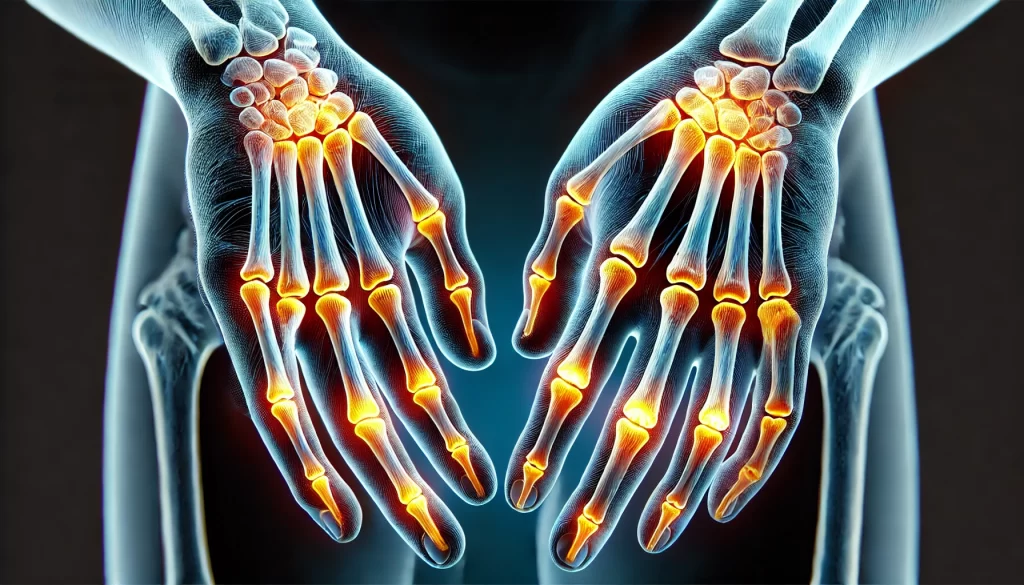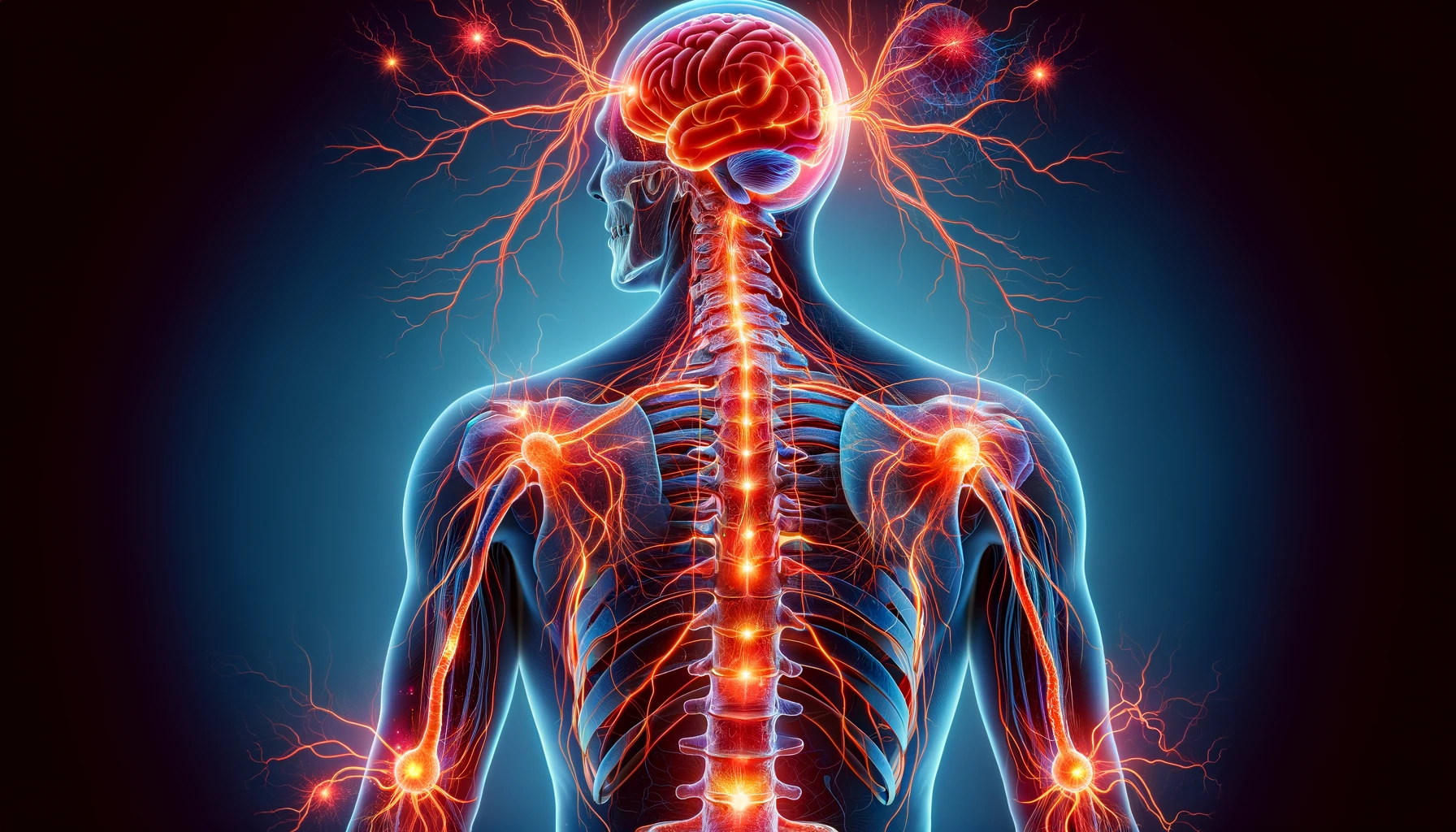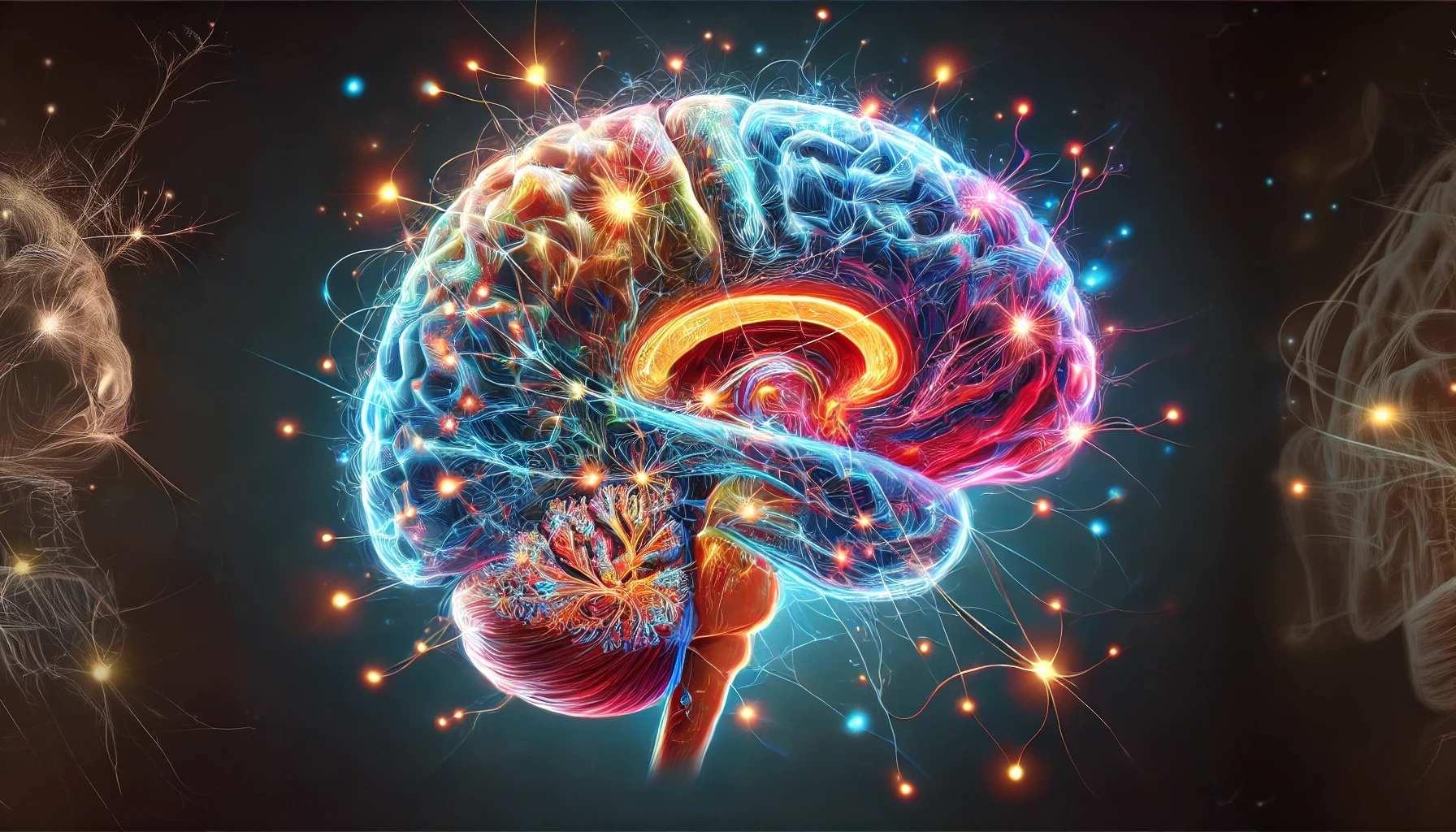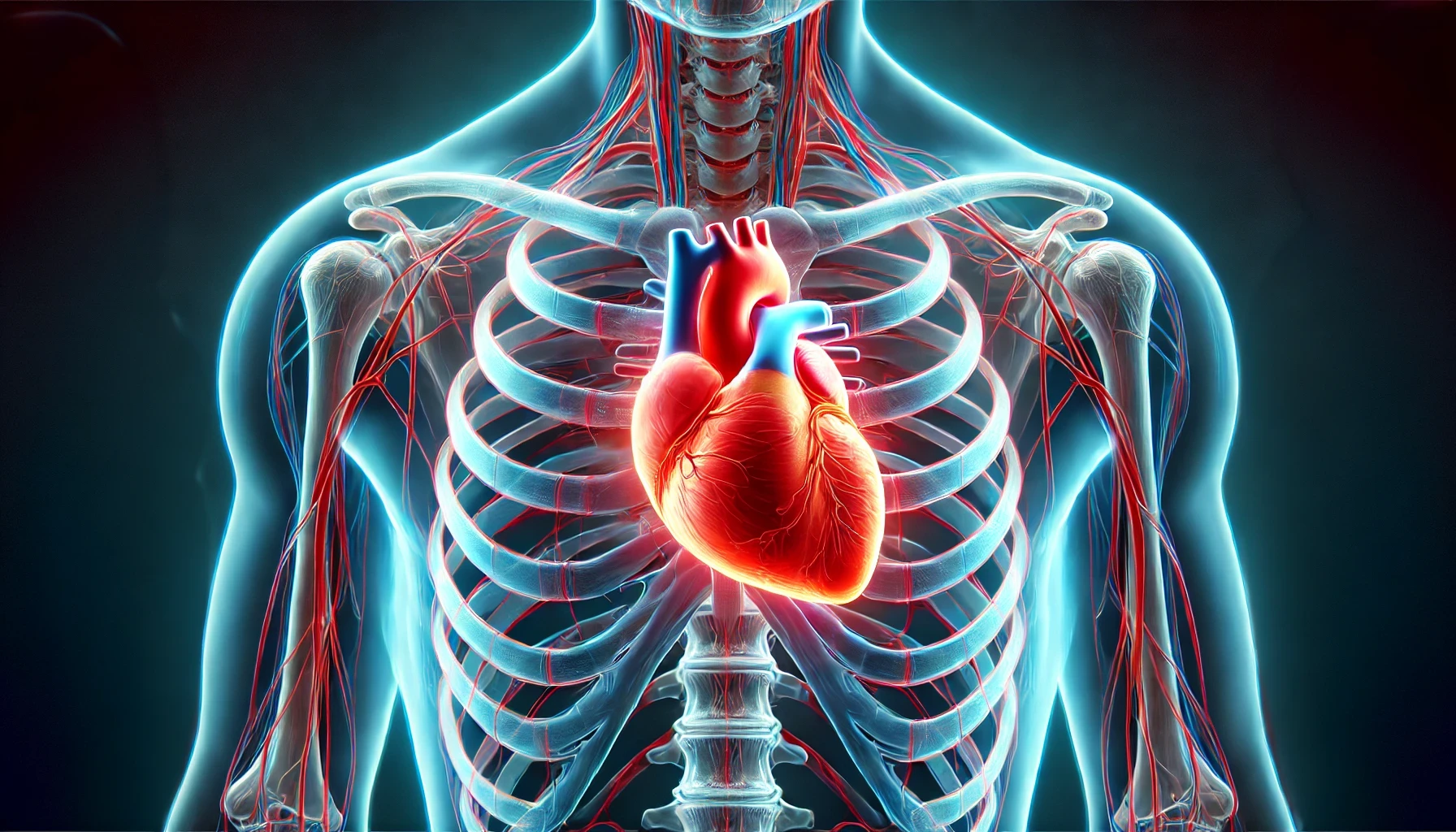What is rheumatoid arthritis?
Affecting millions of people from all ages and walks of life, rheumatoid arthritis is a long-term autoimmune disorder that primarily causes inflammation of the joints. In an autoimmune disorder, immune cells are unable to distinguish between healthy tissue and potentially harmful particles, which leads it to attack healthy parts of the body. Patients with this condition have their immune system attack the synovium, which is the lining that surround the joints. This causes lack of mobility, pain, and even deformities.
Because rheumatoid arthritis is an autoimmune disease, it can also affect other parts of the body like the heart, glands, lungs, and skin. In these cases, each affected organ will present varying symptoms.
Symptoms of rheumatoid arthritis
Rheumatoid arthritis can affect people of all ages with varying intensity. The joints most likely affected are in the hands, wrists, elbows, shoulders, feet, and ankles. These will very often be affected symmetrically, that is- both hands, both wrists, etc. Common symptoms include pain, stiffness, swelling, trouble grasping or pinching things, fatigue, and sometimes fever.
How is it traditionally treated?
Rheumatoid arthritis is considered chronic and there is no known cure. For this reason, treatments are aimed at controlling pain and inflammation and at maintaining function. Anti-inflammatory and pain medication like NSAIDS as well as immunosuppressants like methotrexate are common prescriptions for rheumatoid arthritis. If the joints are considerably weakened, patients may also require a splint. Physical therapy is often used to increase movement, flexibility, and strength in the affected joints.
In severe cases, patients may need to undergo surgery to remove diseased tissues and abnormal growths. Some others need to undergo surgery to replace the entire joint with an artificial one.
How can stem cells help treat rheumatoid arthritis?
The downside of traditional treatments is that indefinite medication intake can cause serious side effects. On the other hand, surgery can address a small problematic area, but it does not solve the underlying issue. Unlike traditional treatments that focus on addressing symptoms, stem cell therapy is a promising approach for patients with rheumatoid arthritis because it aims to treat the disease by its cause.
We use mesenchymal stem cells derived from Wharton’s jelly, found in donated umbilical cords (UC-MSC). These cells have the ability to regulate the immune system and reduce inflammation.
In rheumatoid arthritis, the immune system mistakenly attacks the synovial tissue in the joints, leading to chronic inflammation and joint damage. By modulating this immune response and decreasing inflammation, UC-MSCs help prevent further tissue destruction and create a more balanced immune environment. After that, the resident stem cells within the affected joints are activated and progressively replace the damaged tissue. In addition, we combine these UC-MSCs with exosomes to enhance the implantation and differentiation processes of the cells as they develop into new, healthy tissues.
Stem cell therapy is able to modulate the immune system, which means it is able to suppress the activity of immune cells that attack the body tissues, reducing inflammation and preventing (or slowing) the disease progression.
In our experience, we have seen considerable improvement in patients suffering from rheumatoid arthritis, even in its advanced stages.






